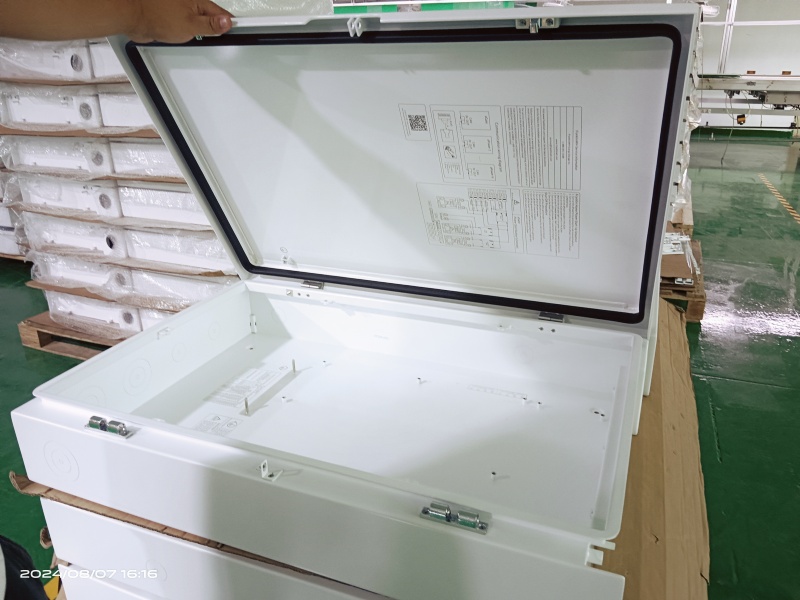1. NEMA Ratings (USA)
NEMA Standards: NEMA provides standards (NEMA 250) that define the types of enclosures and their protection levels. For example:
NEMA 1: General-purpose, indoor use, protects against dust and light.
NEMA 3R: Outdoor use, protects against rain, sleet, and snow.
NEMA 4/4X: Indoor/outdoor use, protects against windblown dust, rain, splashing water, hose-directed water, and ice; 4X adds corrosion resistance.
NEMA 7: Hazardous locations, explosion-proof for specific gas groups.
NEMA 12: Industrial use, protects against dust, dirt, and non-corrosive liquids.
2. IEC Ingress Protection (IP) Ratings (International)
IP Code: Defines the level of protection against solids and liquids.
First Digit (0-6): Protection against solids (e.g., IP6X is dust-tight).
Second Digit (0-9): Protection against liquids (e.g., IPX7 means protection against immersion).
Example: IP65 indicates dust-tight and protected against water jets.
3. Material and Construction
Materials: Enclosures can be made from various materials, including steel, stainless steel, aluminum, fiberglass, and plastic. Material choice depends on the environment (e.g., corrosion resistance in marine settings).
Construction: Must be robust enough to withstand environmental factors like temperature, humidity, mechanical impact, and potential chemical exposure.
4. Ventilation and Cooling
Heat Management: Enclosures must be designed to dissipate heat generated by the enclosed equipment. This can involve ventilation, cooling fans, heat exchangers, or air conditioners.
Sealing: Must maintain the enclosure’s protection level (e.g., IP or NEMA rating) even with ventilation or cooling systems installed.
5. Grounding and Bonding
Electrical Safety: Enclosures should be properly grounded to prevent electrical shock. Metallic enclosures must have grounding points, and the grounding method should meet local electrical codes.
6. Hazardous Locations
Explosion-Proof Enclosures: In environments with flammable gases, vapors, or dust, enclosures must be rated for hazardous locations (e.g., NEMA 7 or IECEx ratings).
Intrinsic Safety: For certain applications, the electrical equipment inside the enclosure must also be intrinsically safe.
7. Accessibility and Maintenance
Doors and Access Panels: Must be secure, possibly lockable, and designed for ease of maintenance. Gaskets and seals must maintain the enclosure’s rating.
Labeling: Clear labeling of the enclosure and internal components is essential for safety and maintenance.
8. Compliance with Local Codes
National Electrical Code (NEC) in the U.S.: The NEC outlines specific requirements for enclosures based on their location and the types of equipment they house.
Other Codes: Compliance with other local or regional codes may be necessary, such as Canadian Electrical Code (CEC) or European standards.
9. Environmental Considerations
Temperature Extremes: Enclosures must withstand the environmental temperature range, whether extreme cold or heat.
Corrosive Environments: In environments with chemicals or saltwater, enclosures must resist corrosion (e.g., NEMA 4X for marine environments).
10. Fire Resistance
Flame Retardant Materials: The materials used for the enclosure should be flame retardant or able to withstand specific fire conditions, depending on the application.
By adhering to these standards and guidelines, electrical enclosures can effectively protect their contents, ensuring the safety and reliability of the electrical systems they house.

Leave a Reply